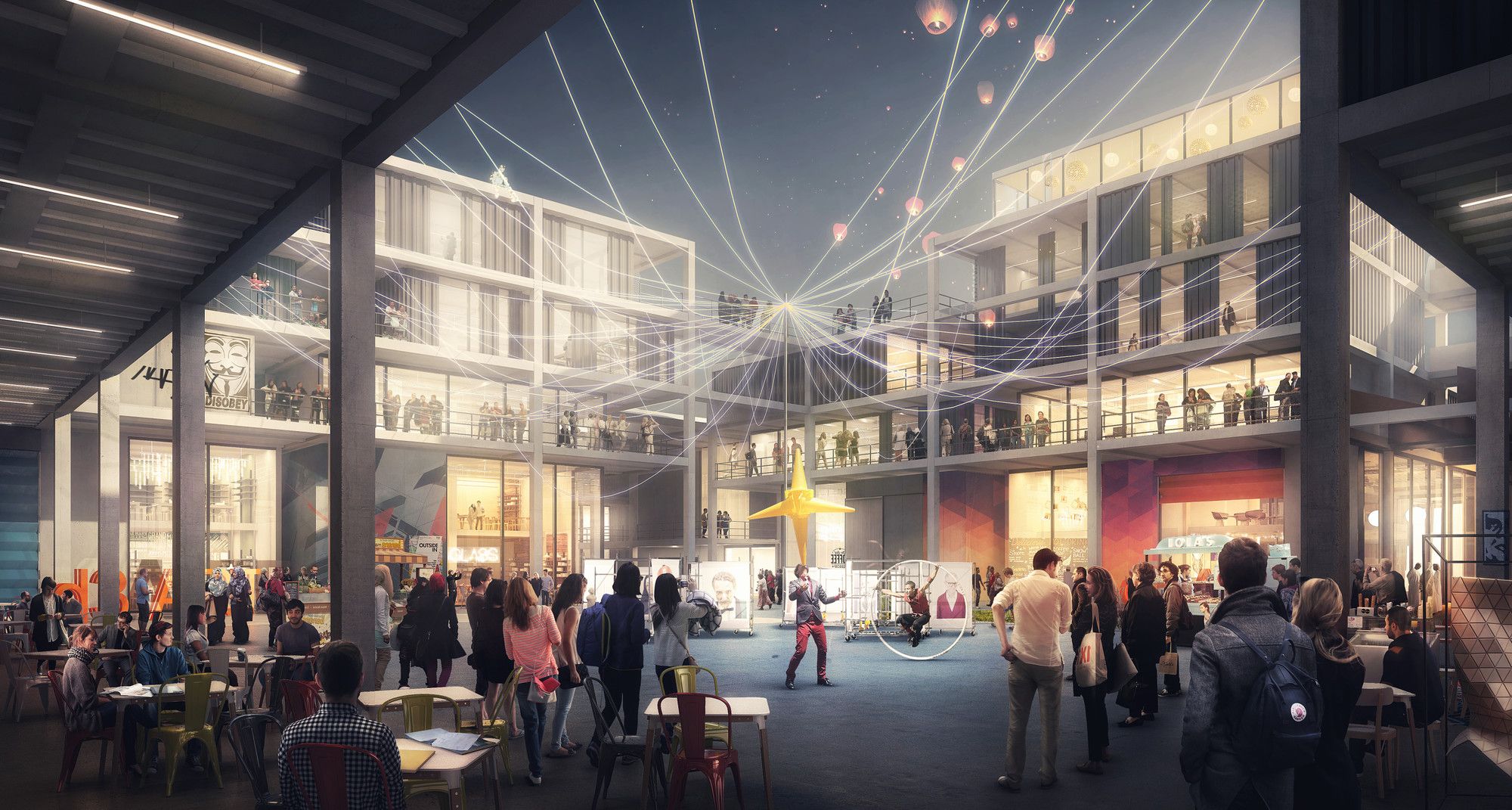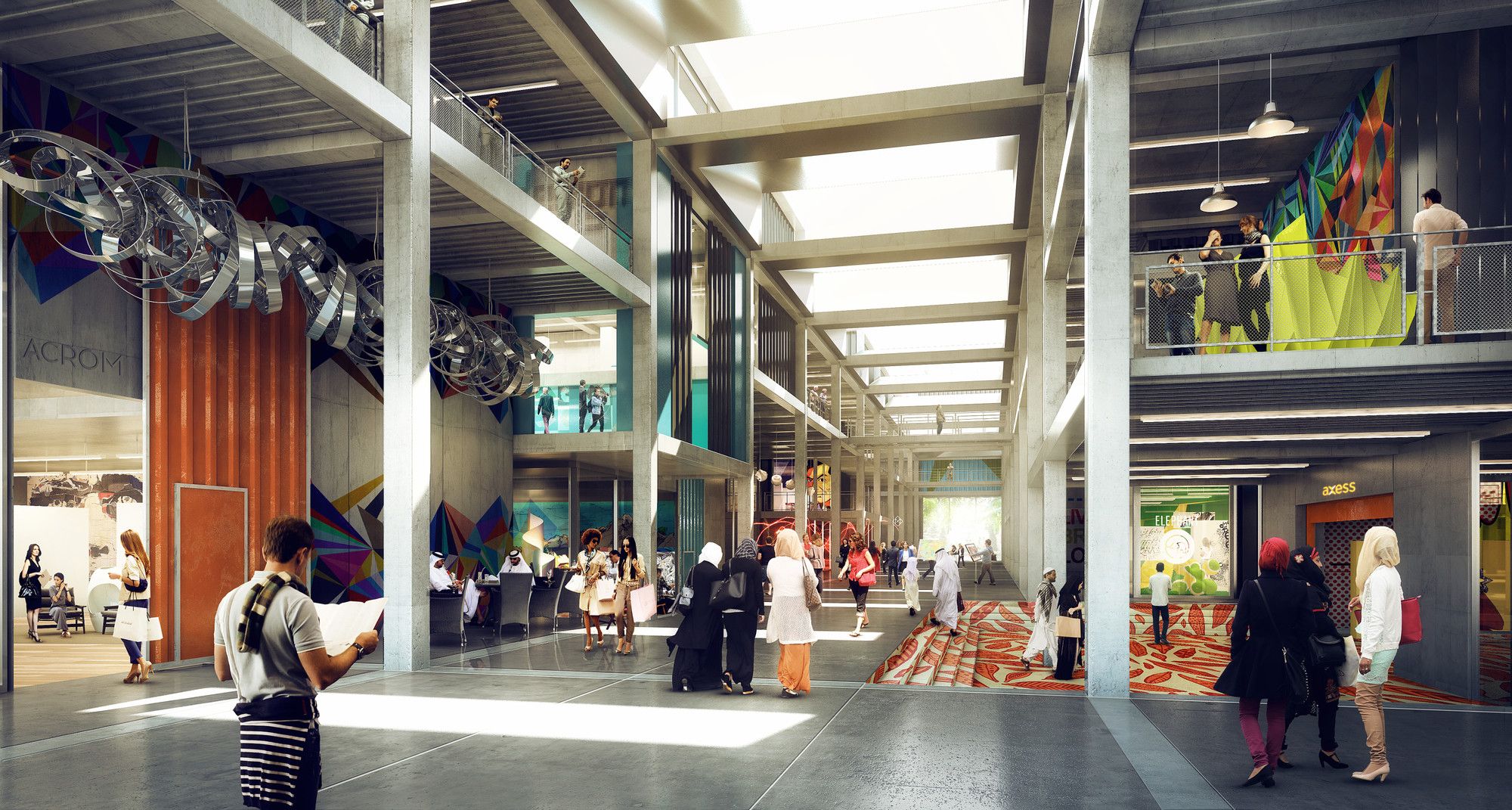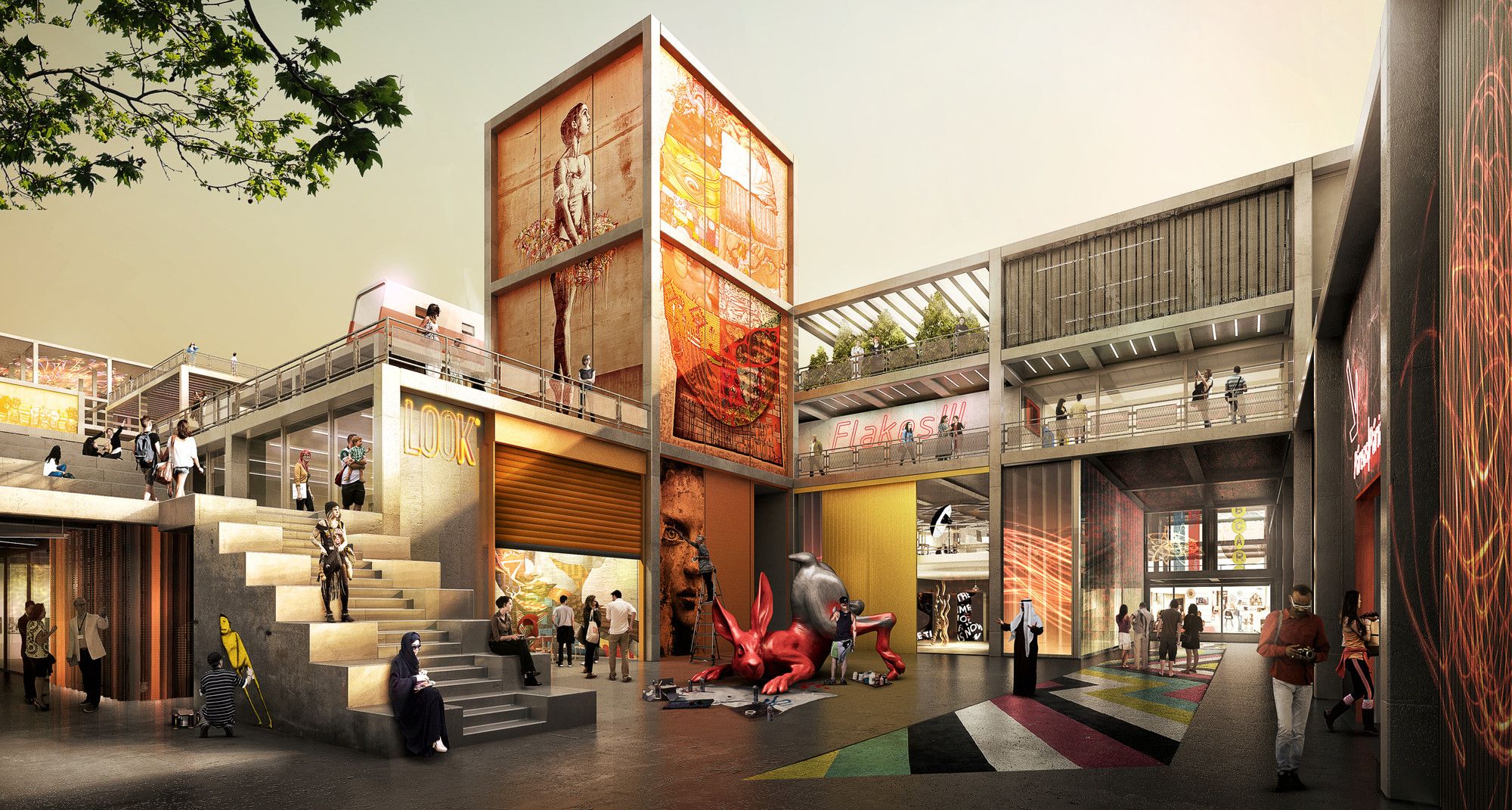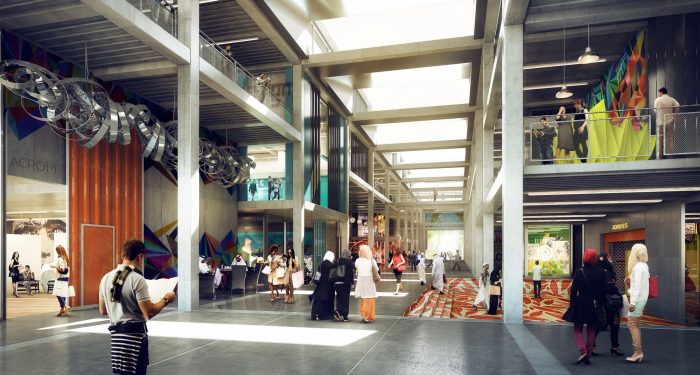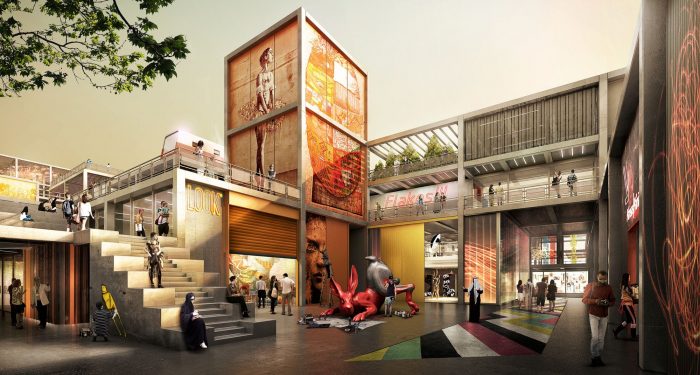The world-renowned London-based architecture office Foster and Partners has been chosen by Dubai Design District (also known as D3) to design the second phase of its 93,000 square-meter masterplan. The design will be shaped around the concept of a “Creative Community” and for this the architectural office has visited and investigated some world-renowned creative districts, like London’s Shoreditch and the Meatpacking District in New York.
Foster and Partners’ design has been chosen through a competition between other high-profile architects, due to the fact that its merits go in line with the ones that the CEO of the Dubai Design District, Mohammad Al Shehhi has in mind. Al Shehhi believes that D3’s pioneering creative community will promote the growth of the design industry of the United Arab Emirates and it will act as a prime destination for all things concerning inventive design. The studio head of Foster and Partners, Gerard Evenden, said: ‘This is an exciting initiative, which supports young creatives, and allows Dubai’s design scene to flourish from within.”
The first phase of the D3 has been delivered almost 2 moths ago, and this second phase is expected to be completed in 2017. Its aim and purpose are to attract the local young talent while providing a centre for new studios, galleries and shops of design, art, fashion and luxury. The plan of Foster and Partners involves the creation of flexible office spaces, coupled with communal working facilities circulated around pedestrianised streets that open up to create spaces for outdoor activity.
Foster and Partners say that they have learned and applied a lot from the creative districts mentioned above but especially Shoreditch in London. To be honest, I was a little surprised when I firstly had a look at the first phase of D3 as it didn’t seem to be anything like the luxurious, economy-driven Dubai that we all know. It looked and still looks abstract to my eyes, especially after the plans of this second phase. I am not convinced whether it will work as planned for the years to come.
Furthermore, the question remains whether this will still be an affordable place to live in the near future, as its existing plans state. Maybe it will end up being a victim of gentrification, like Shoreditch, once it becomes the centre of the growing Middle Eastern design industry.
A place without people living there isn’t really a sustainable place, and this raises the curiosity of how the district is going to function and shaped once people move in.
In a city built around tourism, wealth and rapid development it is a challenge to create a creative community like this one. I believe that the sense of community is going to be achieved and the district will become one of the main centres of attentions of The United Arab Emirates. My worry and questions are whether the future generations are going to be affected and included in this vibrant community or is it just our generation that is “lucky” in the end? The answers lies in the future.
